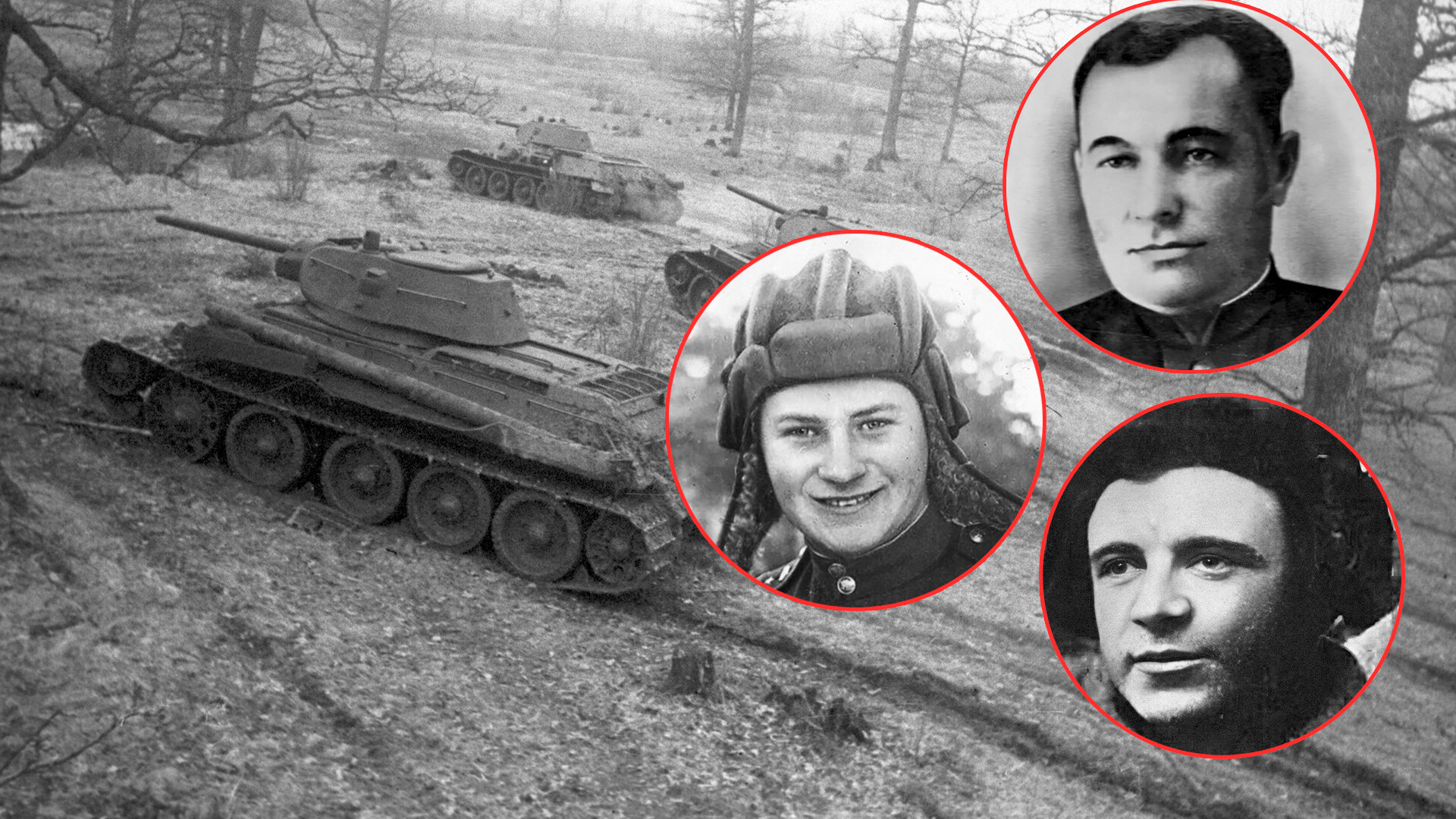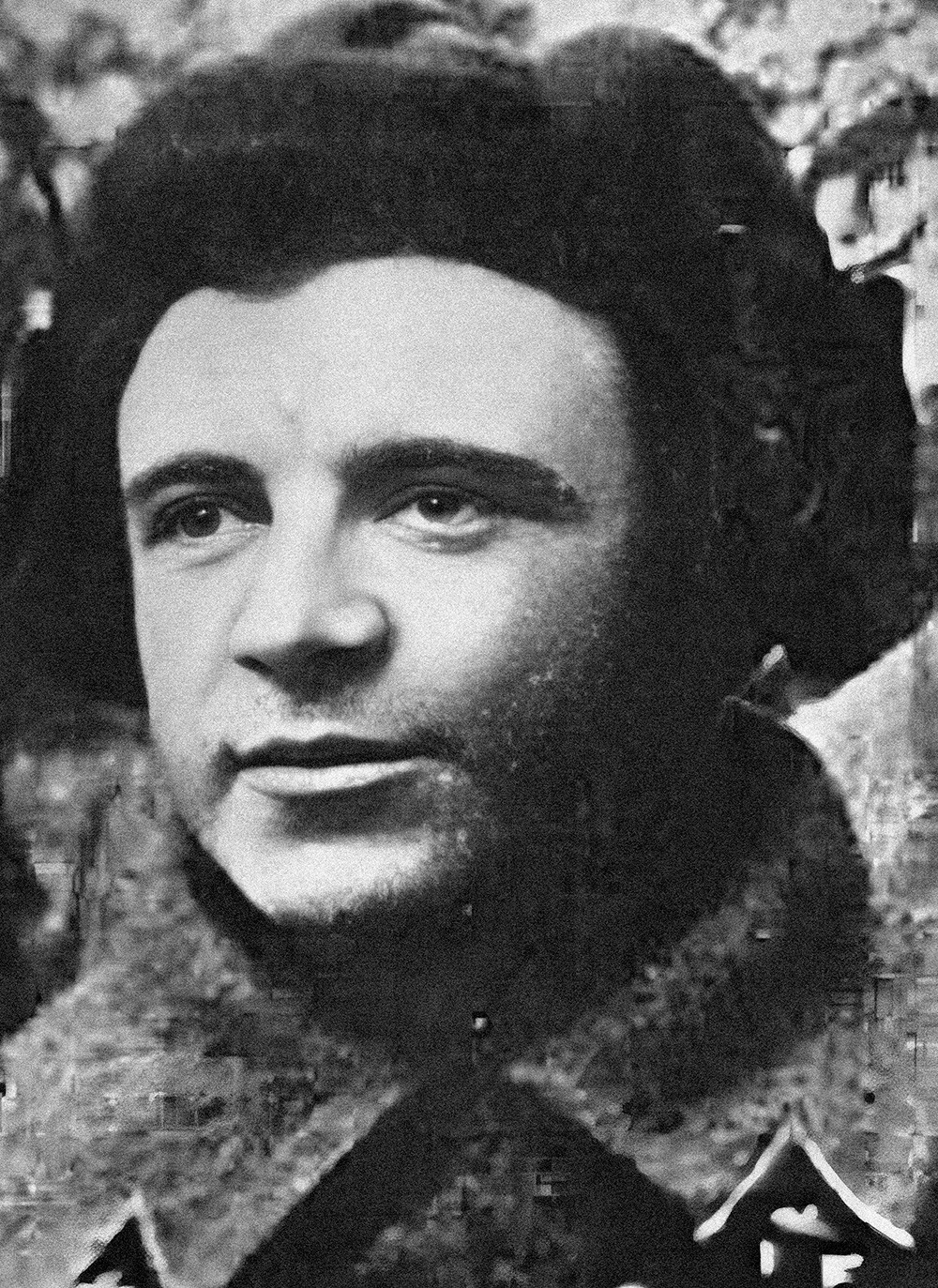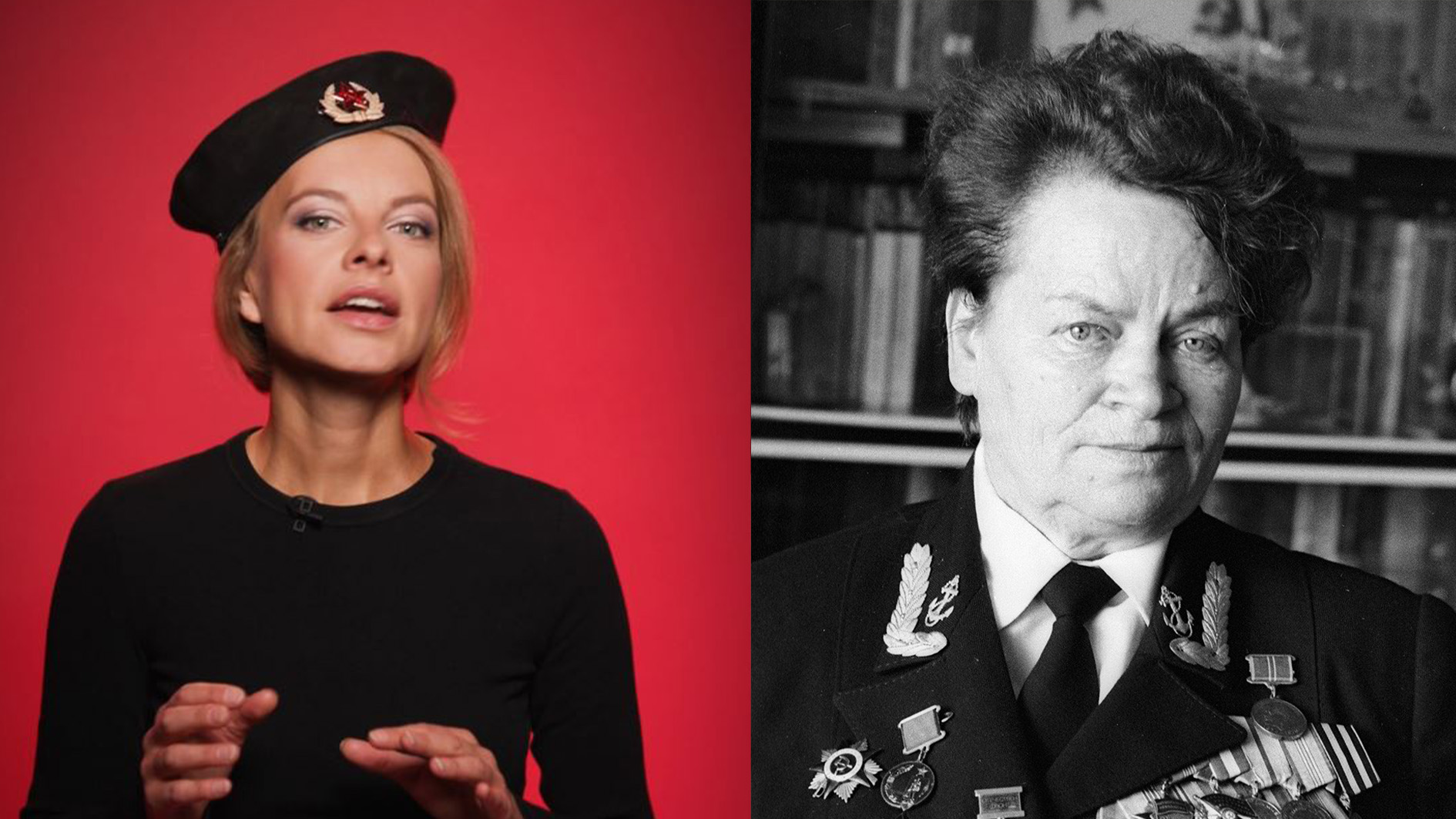
The 3 most successful Soviet tank aces of World War II

There were about a hundred tank aces (or masters of tank combat, as they were also called), who destroyed more than ten enemy tank and self-propelled artillery units, in the Red Army during the war against Germany and its allies.
Of course, most of them were awarded the highest title of ‘Hero of the Soviet Union’. It is all the more surprising that the most effective Soviet tank ace waited almost half a century for his award.
1. Dmitry Lavrinenko (52 victories)

In just two and a half months of fighting, the T-34 crew of Senior Lieutenant Dmitry Lavrinenko destroyed 52 enemy tanks and self-propelled artillery units. None of his colleagues managed to show such efficiency during all four years of the war.
In tank school, Lavrinenko was an excellent shot with all types of weapons, for which he was nicknamed ‘Sniper's Eye’. He more than demonstrated his exceptional marksmanship in real battles – T-34-76 commanders also performed the duties of gunners.
In addition, the Soviet tank ace turned out to be an excellent tactician. He perfectly saw the entire battlefield, correctly chose the place for an ambush and the moment for an attack.
In the Fall and Winter of 1941, tank platoon commander of the 1st Guards Tank Brigade Lavrinenko fought in the Moscow direction. In almost every battle, his armored fighting vehicle destroyed at least three or four enemy tanks and, sometimes, much more.
Thus, Marshal of Armored Forces Mikhail Katukov, the then commander of the brigade, described the ambush organized by the tanker near the village of Vysokinichi as follows: "Having let the Nazis to 150 meters, Lavrinenko shot the column at point-blank range. Two guns were immediately hit, the third enemy artillerymen tried to deploy, but the tank jumped out on the highway and crashed into trucks with infantry and then crushed the gun. The surviving Nazis scattered…"
The Red Army's most effective tanker died on December 18, 1941, near Volokolamsk – he was mortally wounded by shrapnel during a mortar attack when he was on his way to report to his commander.
"When I heard about the death of Lavrinenko, my eyes went black,” Katukov recalled. “Lavrinenko and death – these two concepts did not fit in the mind. Lavrinenko seemed invulnerable: how many fights he came out victorious in!"
Despite all the efforts of Katukov, the legendary ace wasn’t awarded the title of ‘Hero of the Soviet Union’ for a long time – the leadership didn’t believe that he was able to destroy fifty German tanks and self-propelled artillery units in such a short period of time, not when factoring in the enemy's manpower and other armored vehicles.
Dmitry Lavrinenko was finally posthumously awarded the highest rank only on May 5, 1990.
2. Vladimir Bochkovsky (36 victories)

Tank ace Vladimir Bochkovsky accounted for 36 destroyed enemy tanks and self-propelled artillery units. He himself burned in the tank five times, several times was severely wounded, but, in the end, safely lived to see the Victory.
Bochkovsky, a graduate of Kharkov tank school, got to the front in the Spring of 1942. In the fall, he was enrolled in the 1st Guards Tank Brigade of General Katukov, in which Lavrinenko once fought.
Together with this brigade, the tank ace fought at Rzhev and Kursk, liberated Ukraine and Poland. During the war, Vladimir rose to Guards captain and commander of a tank battalion.
The battalion often acted as a forward detachment of the brigade or made rapid tank raids to the rear of the enemy, where they smashed German headquarters, warehouses, airfields and communication centers.
During one of these raids in the Spring of 1944, Bochkovsky's T-34 tanks broke into the town of Chortkov in Western Ukraine and successfully held it until the main forces approached. The commander was awarded the title of ‘Hero of the Soviet Union’ for this feat.
During a raid in the town of Kolomyia, the battalion made its way to the railroad station, where it began to shoot trains with enemy equipment and cargo. When one locomotive tried to leave the combat zone, one of the Soviet tanks rammed it off the tracks.
In April 1945, during the battle for Seelow Heights, the Guards Captain received his last and most serious wound. His friend and war correspondent Yuri Zhukov described this moment as follows: "Bochkovsky rashly jumps out of the tank for a minute, stopping at some tree to better navigate the area. And it was necessary! At that very moment, an enemy shell bursts above the tank, disabling it and, at the same instant, Bochkovsky feels a sharp blow to the stomach. Blood begins to spurt out…"
Vladimir was saved, but the war ended for him – he was released from the hospital only in November 1945. Bochkovsky decided to stay in the Soviet Army and, eventually, rose to the rank of lieutenant general of armored forces.
3. Ivan Korolkov (34 victories)

Ivan Ivanovich Korolkov, a master of tank combat, had an amazing military career. He began to fight as an ordinary mechanic-driver and met the Victory as a Guards Major and commander of a tank regiment.
Korolkov joined the Red Army in 1937 and fought against the Germans from the first days of their invasion of the USSR. On September 5, 1941, he brought his KV-1 heavy tank, which had caught fire from an enemy shell, to the location of his troops, for which he was awarded the ‘Order of the Red Star’.
In early June 1942, the command made an extraordinary decision and promoted Sergeant Korolkov to the rank of lieutenant – they took into account his merits and extensive experience in the Red Army. He was given a platoon of KV-1 heavy tanks and, a little later, an entire tank company.
On June 10 of the same year in the battle near the village of Tatyanovka near Kharkov, Ivan Ivanovich's tank destroyed eight enemy tanks, seven enemy artillery units and up to two hundred enemy soldiers. Ivan Ivanovich was awarded the ‘Order of Lenin’ and was called a brave, decisive and skillful commander.
On February 8, 1943, Korolkov was awarded the title of ‘Hero of the Soviet Union’ "for the exemplary performance of combat missions of the command at the front of the fight against the Nazi invaders and courage and heroism".
"Defending the city of Stalingrad he mobilized by personal example the personnel of tank combat crews to defeat the enemy. On September 18, 1942, under cover of artillery fire and aerial bombardment, the enemy went on the offensive. Our infantry began to withdraw, he jumped out of the tank, gathered them, encouraged them with the Bolshevik word and led them to the defeat of the enemy. In this battle he was seriously wounded, but continued to command his company," the award document said.
In the Summer of 1943, Korolkov was entrusted with a tank battalion, with which he participated in the Battle of Kursk. After graduating from the Leningrad Higher Officer Armored School in December 1944, an entire tank regiment was placed under his command.
Guards Major Ivan Korolkov fought his way to Berlin. The number of German tanks and self-propelled artillery guns destroyed by him amounted to 34 units. In 1946, the tank ace retired from the Soviet Army and returned to his native Kursk region to work in agriculture.












